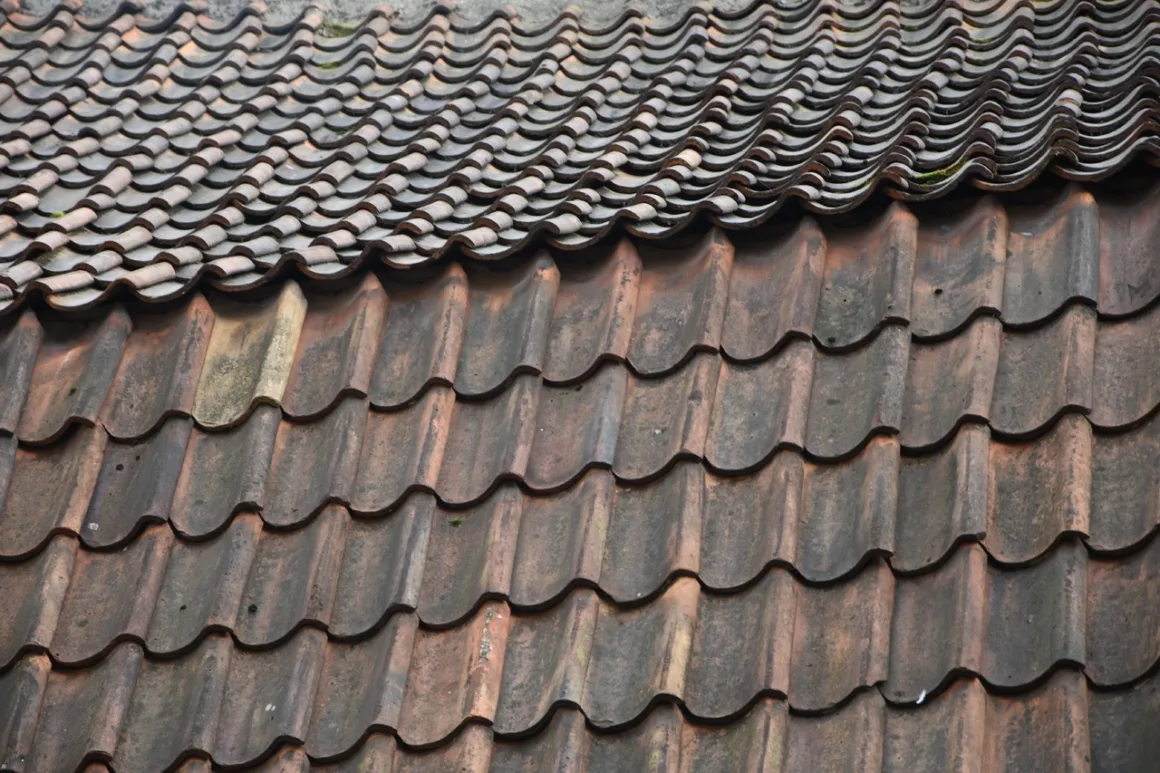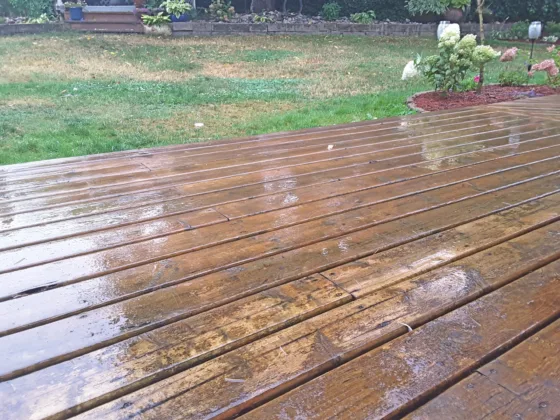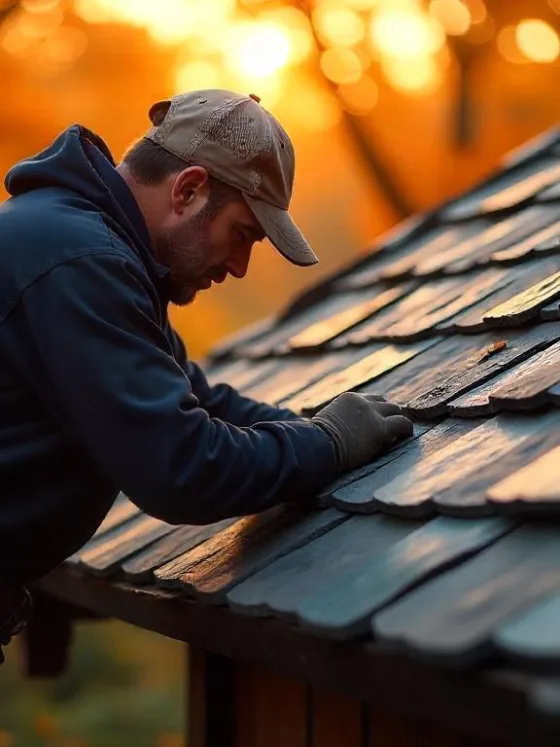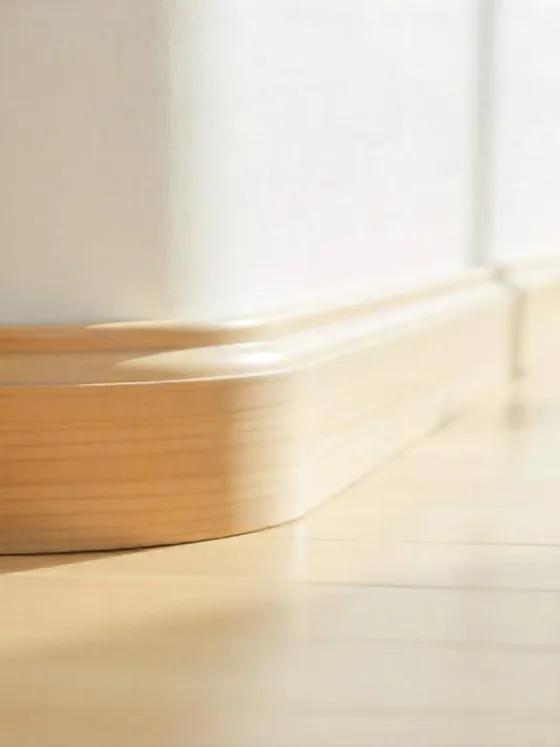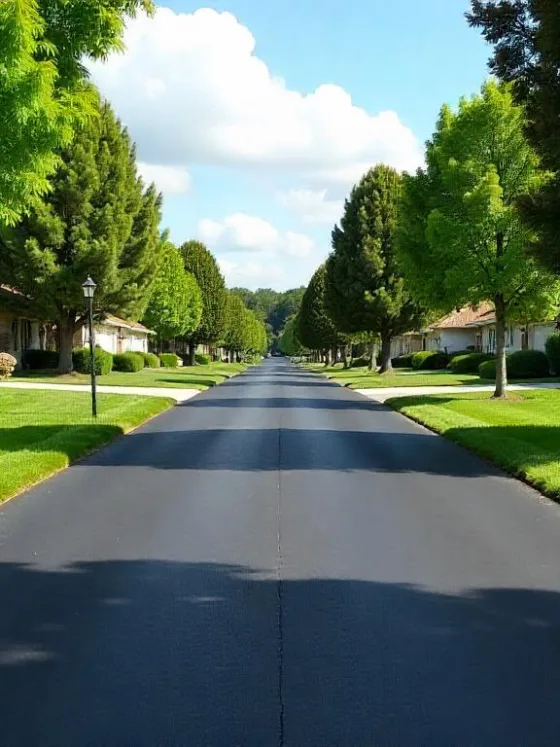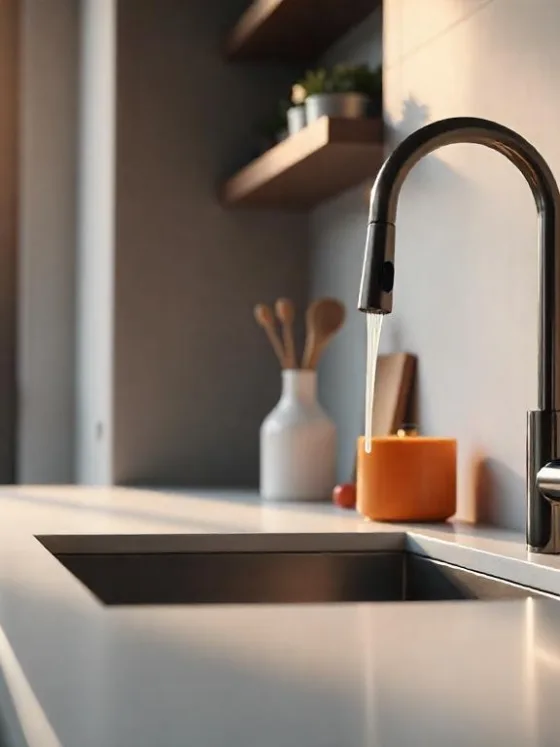Table of Contents Show
When it comes to choosing the right roofing material, one size definitely does not fit all. The climate you live in plays a crucial role in determining the type of roof that will best suit your needs. Whether you’re battling scorching heat, freezing temperatures, heavy rainfall, or strong winds, it’s important to choose a roofing material that can withstand the elements and provide optimal protection for your home. In this article, we’ll guide you through the process of selecting the right roofing material for your specific climate.
Consider Your Climate
The first step in choosing the right roofing material is to evaluate the climate in which you live. Different regions experience different weather patterns, and your roof needs to be able to withstand whatever nature throws its way. Here are a few key factors to consider:
- Temperature: Is your climate predominantly hot or cold? Extreme temperature fluctuations can cause certain roofing materials to expand or contract, leading to potential damage over time.
- Precipitation: How much rain, snow, or hail does your area receive? Some roofing materials are better equipped to handle heavy precipitation, while others may be prone to leaks or damage.
- Wind: Are you located in an area prone to strong winds or hurricanes? It’s important to choose a roofing material that can withstand high wind speeds without getting blown off.
- Sun Exposure: Does your region experience intense sunlight? UV rays can cause certain roofing materials to deteriorate faster, so it’s important to choose one that offers good UV resistance.
Roofing Material Options
Now that you have a better understanding of your climate’s demands, let’s explore some popular roofing material options:
1. Asphalt Shingles
Asphalt shingles are a popular choice for their affordability and versatility. They come in a variety of styles and colors, making them suitable for different architectural designs. They offer good protection against rain and moderate wind speeds, making them a reliable choice for most climates. However, they may not be the best option for extremely hot or cold climates.
Related:
2. Metal Roofing
Metal roofing has gained popularity in recent years due to its durability and energy efficiency. It can withstand high winds, heavy rain, and snow, making it an excellent choice for areas prone to severe weather conditions. Metal roofs also reflect sunlight, keeping your home cooler in hot climates. However, they can be more expensive than other options.
3. Clay or Concrete Tiles
Clay or concrete tiles are known for their durability and aesthetic appeal. They can withstand high winds, heavy rain, and intense sunlight, making them suitable for both hot and coastal climates. However, they are heavy and may require additional structural support. They can also be more expensive than other roofing materials.
4. Wood Shingles or Shakes
Wood shingles or shakes offer a natural and rustic look to your home. They are suitable for moderate climates with mild weather conditions. However, they may not be the best choice for areas prone to heavy rainfall or high humidity, as they can rot or mold over time if not properly maintained.
5. Slate Roofing
Slate roofing is known for its elegance and longevity. It can withstand extreme weather conditions, including heavy rain, snow, and high winds. It offers excellent durability and fire resistance. However, it is one of the most expensive roofing options and requires professional installation due to its weight.
Consult with a Professional
Choosing the right roofing material for your climate can be a daunting task. Consulting with a professional roofing contractor is highly recommended. They have the knowledge and experience to assess your specific needs and recommend the most suitable roofing material for your climate, budget, and aesthetic preferences.
Conclusion
When it comes to selecting the right roofing material for your climate, it’s important to consider factors such as temperature, precipitation, wind, and sun exposure. Each roofing material has its own strengths and weaknesses, so it’s crucial to choose one that can withstand the specific demands of your climate. By consulting with a professional and evaluating your options carefully, you can ensure that your roof provides the protection and durability your home needs for years to come.
